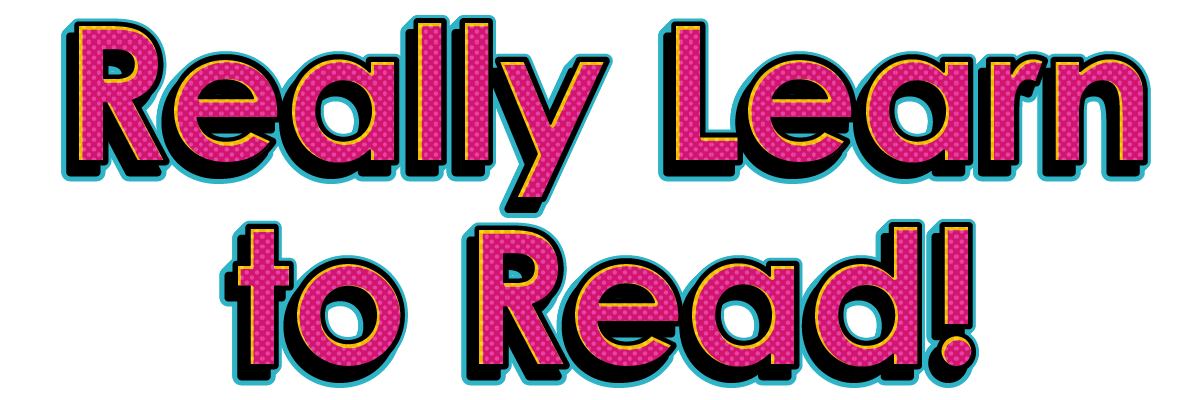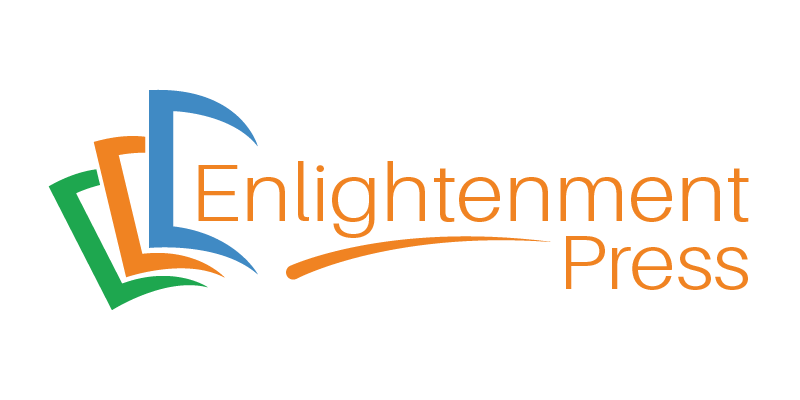Long o – Book 3 of 5
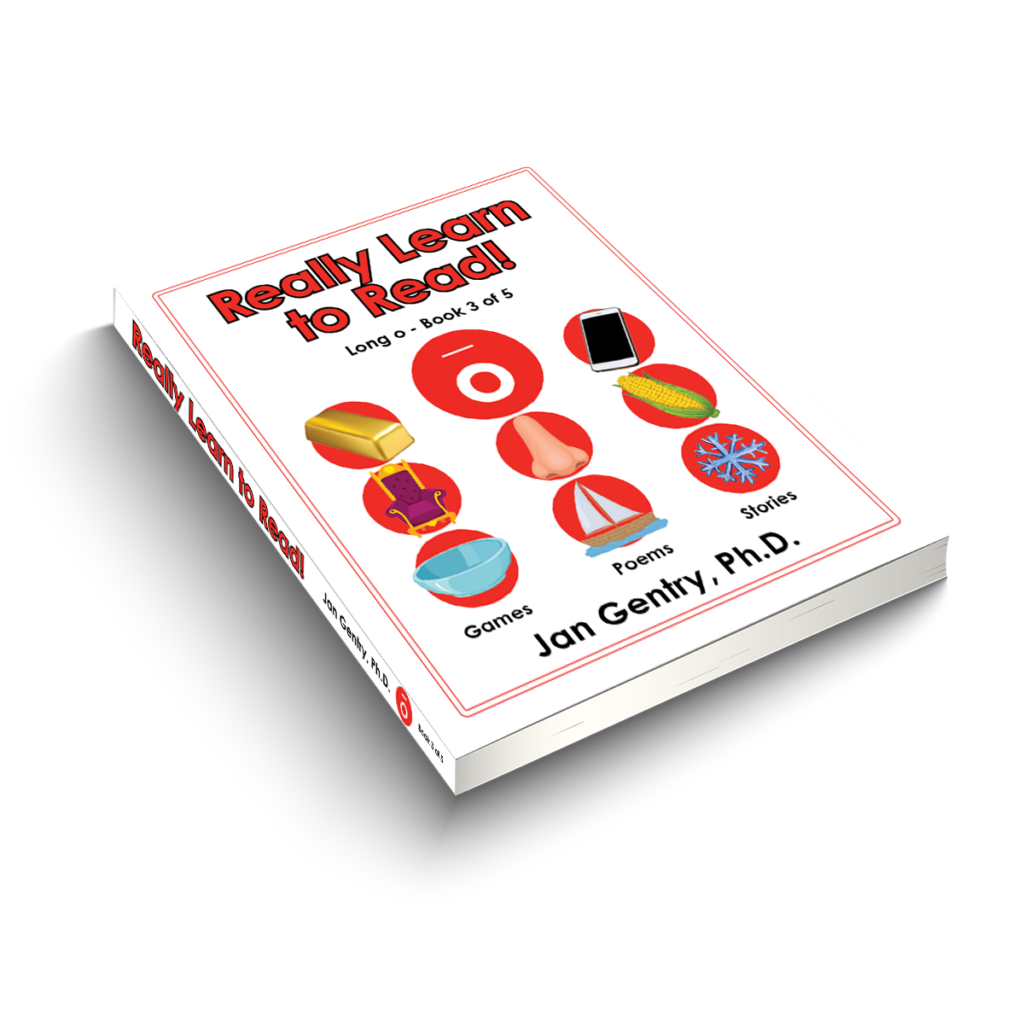
This third workbook in the Long Vowels Series further instills a love for reading and empowers readers as they learn the English language. Long o presents a variety of engaging phonics and comprehension lessons at Grades 4-7 reading levels for children, teenagers, and adults. Colorful graphics, silly poems, entertaining stories, and diverse activities continue to motivate reading. Learners are phonetically challenged to make long o word families, read these words and new sight words, and apply them in a variety of interesting activity sections. The poems and stories include many words from Long a – Book 1 and Long i – Book 2, purposely intended for decoding and word recognition mastery. Comprehension skills become more sophisticated as learners read text and vocabulary that is specific to both fictional and instructional stories. Strategies for inferring, questioning, and summarizing continue to be reinforced, and readers begin to develop deeper comprehension through more personal responses to the text.
Student Edition
Make Words
Each lesson begins with readers matching and writing a variety of beginning consonant sounds (onsets) with family word lists of long o endings (rimes) if they determine the blended sounds are real words. This is a fun phonics game that encourages learners to make as many words as they can, while also discovering the predictable spelling patterns in the rhyming word families. Self-confidence and reading fluency are fortified when the learner quickly recognizes the same spelling patterns in new words, decodes the words, and successfully transfers the phonetic sounds. Fluency, in turn, enables readers to focus on comprehending what they are reading, as opposed to losing concentration while decoding each word.
Goofy Poems
As a second activity, learners are given sight words in a dotted box, followed by reading four humorous poems that give practice in reading new sight words and words from Make Words. Additional rhyming words not listed in Make Words are underlined in the poems to help the reader recognize long o vowel groups, transfer their phonetic sounds, and read new long o words with ease and success.
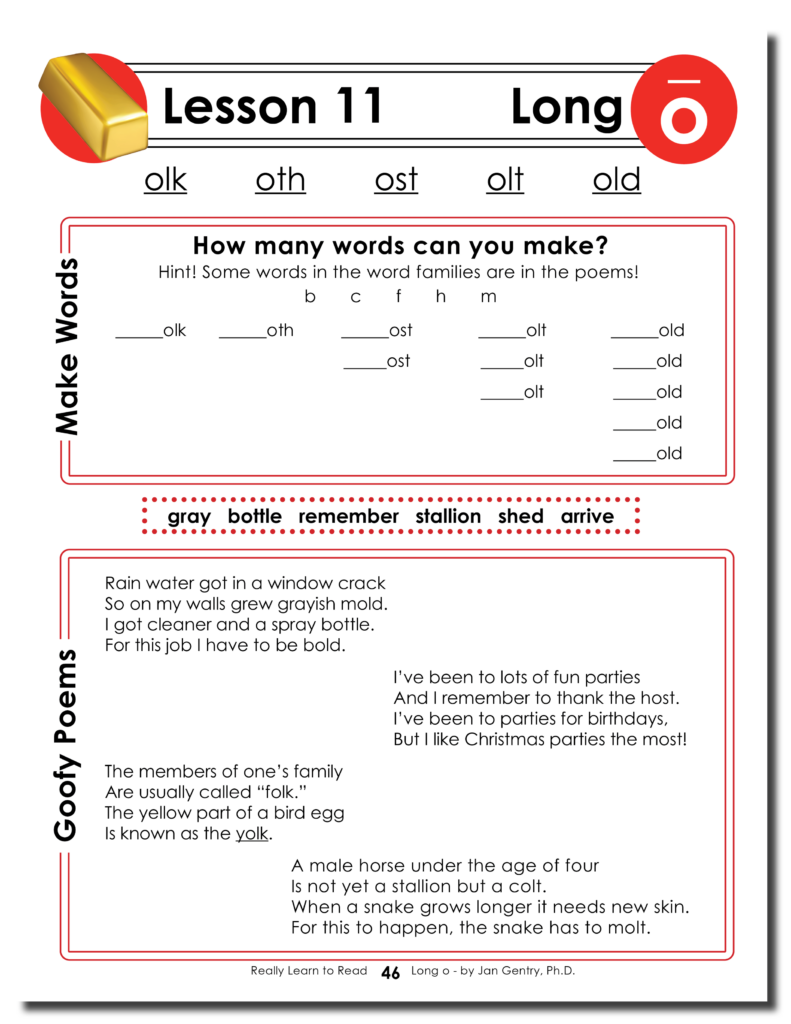
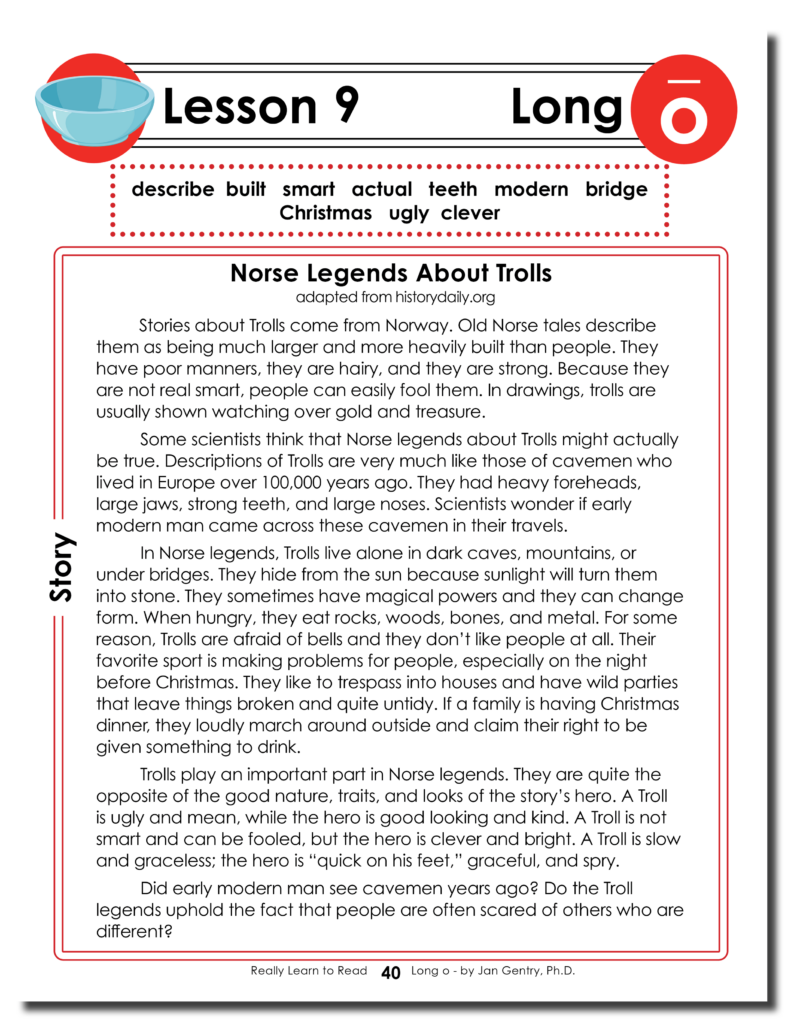
Story
After learning new sight words in a dotted box, readers will enjoy high-interest stories that range from amusing fiction to true and unusual stories about strange events, important places, sports, animals, and famous people. Throughout the stories, readers will also strengthen their skills with the meanings of inflected endings, prefixes and suffixes, contractions, compound words, abbreviations, cardinal and ordinal numbers, fractions, idioms, word symbols, and homographs (ex.- live → lĭv live → līv). These out-of-the-ordinary stories help learners progress through Grades 4-7 reading levels, comfortably gain experience with phonetic skills, and expand their vocabulary skills. The enjoyable fictional and instructional stories help readers gain deeper comprehension as they begin to realize that the text is important, purposely entertaining, or presenting underlying themes.
Question & Answer
After each poem and story, readers engage in various types of activities to reinforce the skills just learned. The diverse formats include true & false, multiple choice, short answer, fill in the blank, and matching. Activities and questions promote recalling details, using references, acquiring new vocabulary, using context clues, drawing conclusions, using figurative language, and critical thinking. The Question & Answer section motivates deeper understanding of what is being read by activating and connecting the reader’s background knowledge and personal experiences to the text. Writing answers to questions about the characters, actions, or situations prompts readers to be involved in creating responses that are personal, opinionated, and justified.
Draw a Picture
After completing the Question & Answer story section, readers will have the fun opportunity to draw a picture. Readers create pictures in their minds as they read and visualize the characters, scenes, details, or events in the story. The picture box has directions on what to draw which inspires imagination and creativity. This section is enjoyable but important in that the reader’s illustrations also reflect comprehension of the story.
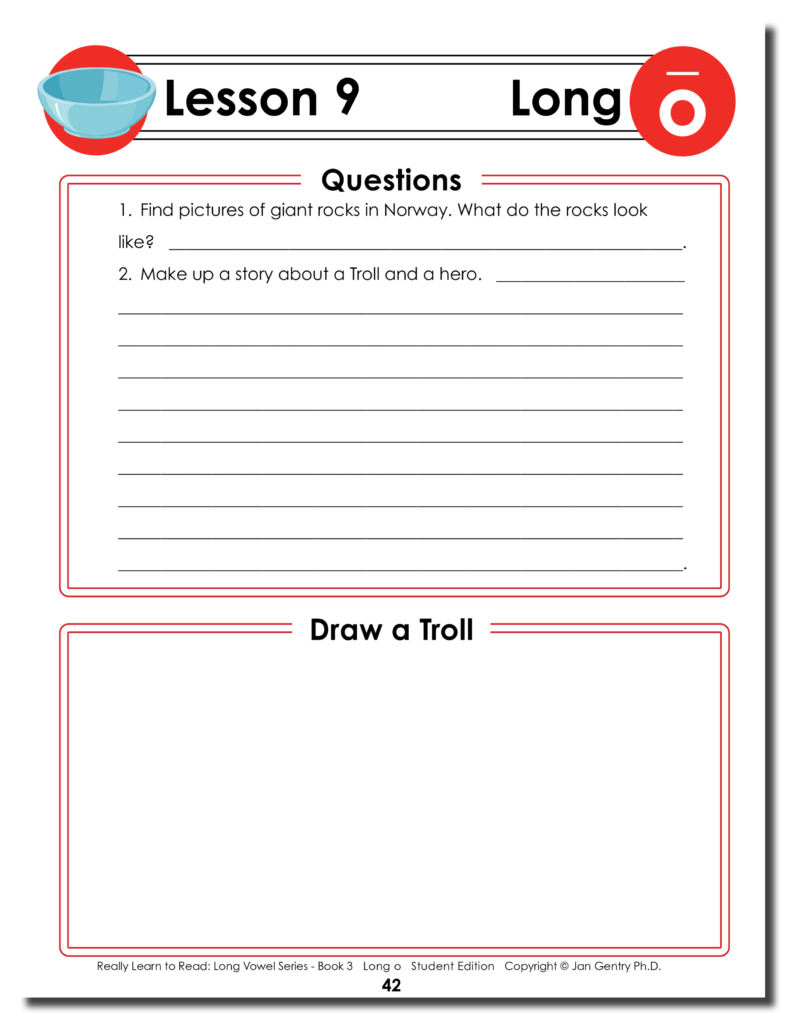
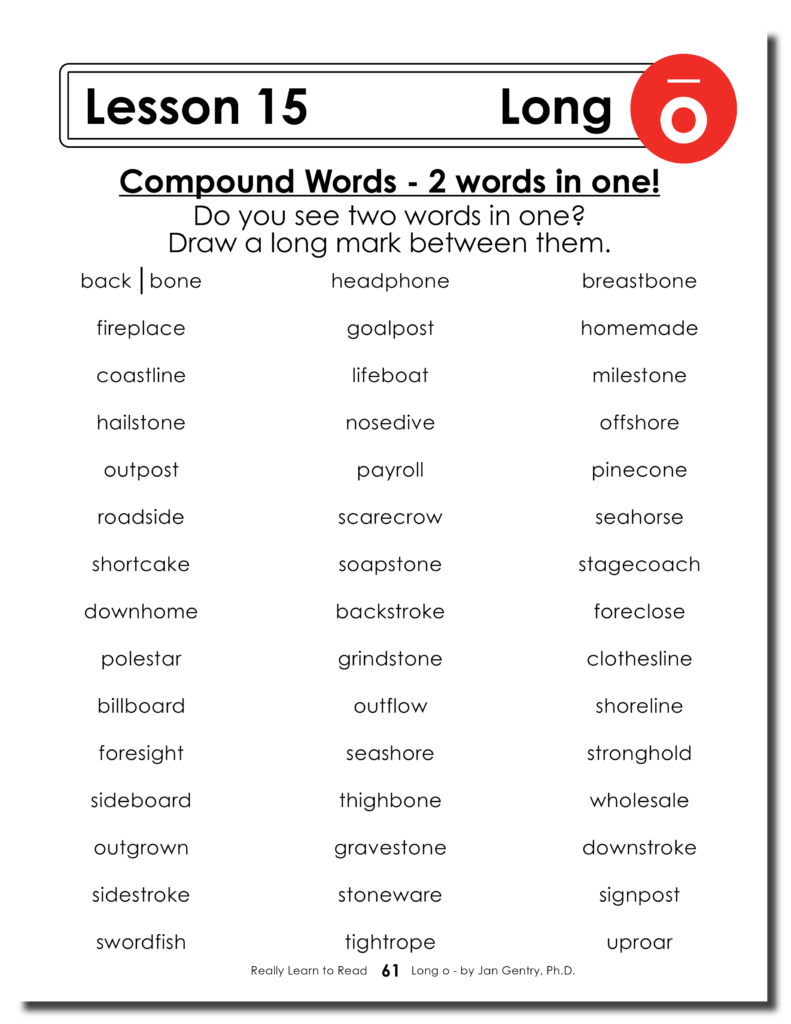
Compound Words
This enrichment skill activity at the end of the Long o workbook is recognizing compound words and drawing a line between the two words. When two small noun words are combined, the compound word has a new meaning! This realization encourages learners to find other compound words or creatively make up their own compound words which can be clever and funny! Compound words reinforce vocabulary expansion and language proficiency which is needed for encountering longer words to read and spell.
Identifying Antonyms
A final enrichment game is the hands-on activity of drawing lines to connect opposite words. Knowledge of antonyms improves comprehension and expands vocabulary range. This fun but valuable activity enhances learners by building background knowledge, determining word associations, and realizing that a word can have more than one meaning and spelling.
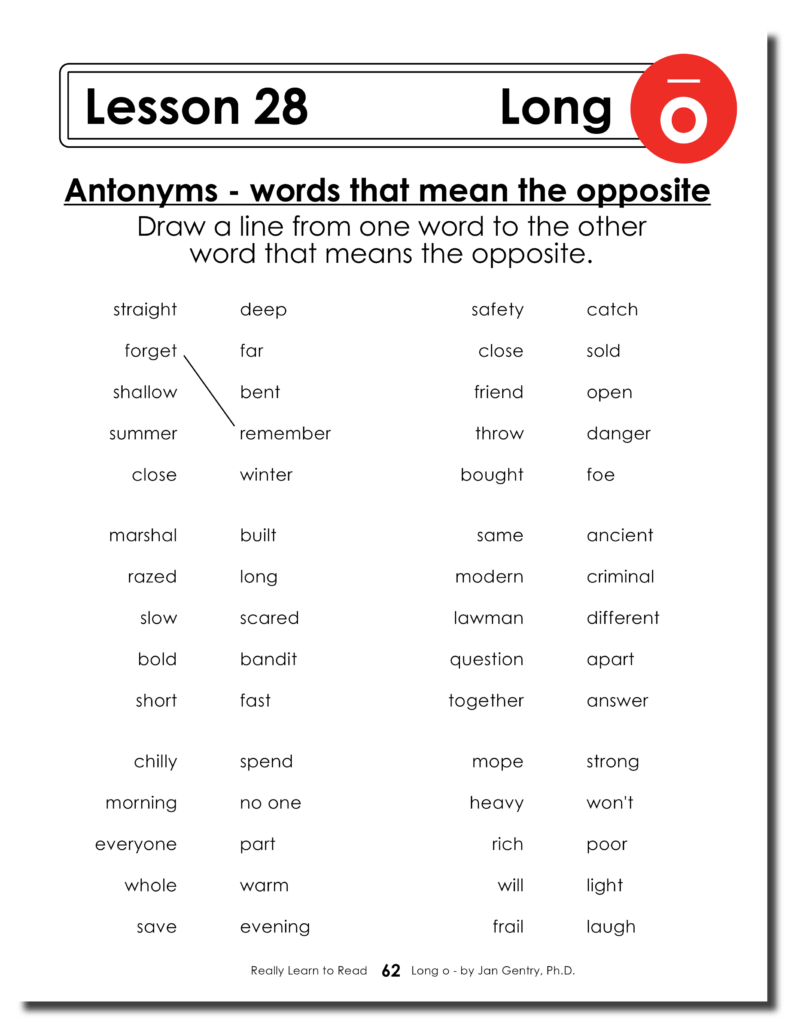
Teacher Edition
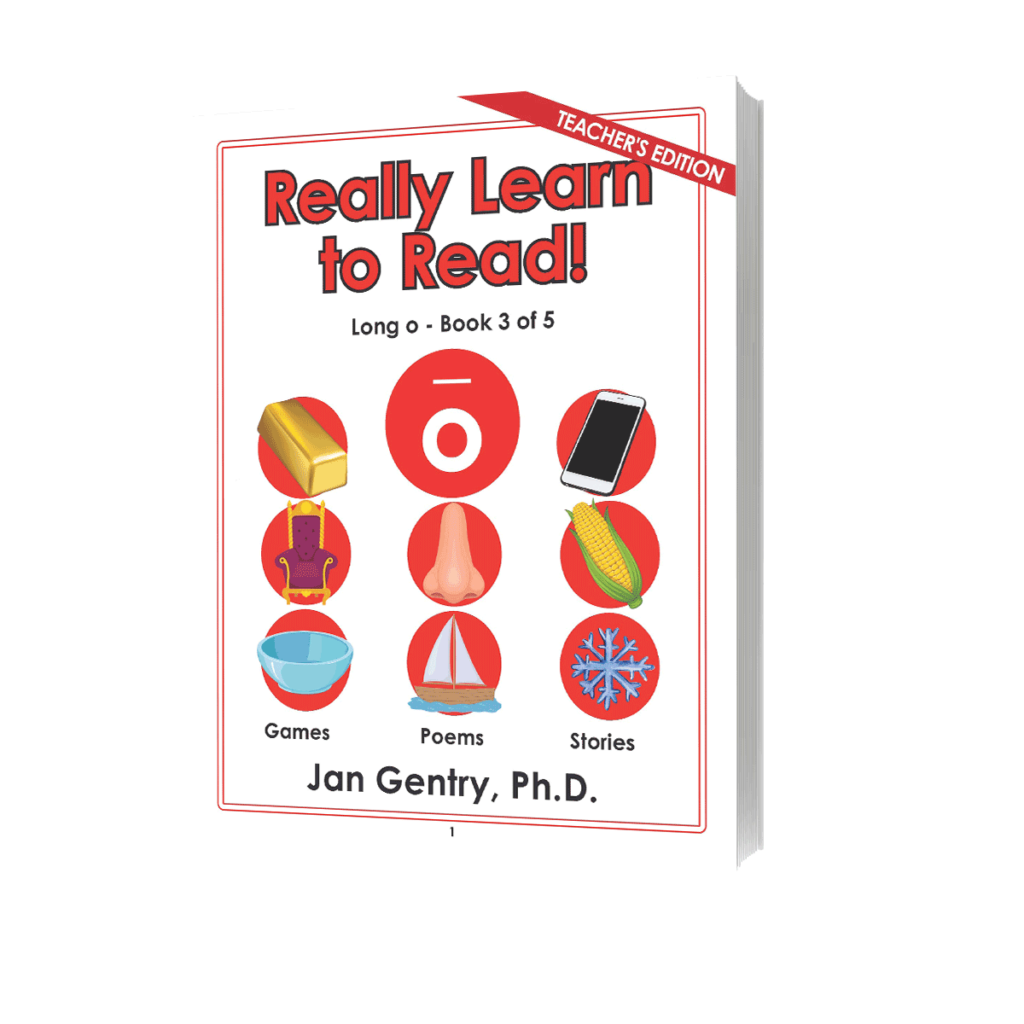
In addition to the Long o – Book 3 for the student, the Teacher Edition book includes:
- Answers to questions and activities in each lesson, written in red for easy recognition
- Phonics and Decoding Skills listed in specific detail for each lesson
- Reading Comprehension Skills listed for each question in the poems and stories
- Quick Reference Guide to help quickly target specific areas of attention
This edition provides the reading instructor with a thorough, systematic, and true phonics-based curriculum.
Answers
The Long o Teacher Edition, the same as the student’s book, provides easy to read answers in red print for all questions and activities in each lesson. Gauging and evaluating a student’s progress in phonics and decoding, vocabulary, comprehension, and writing skills are simplified in this program format. Instructors are also provided with motivating ideas, resourceful suggestions, and multiple answers for questions or activities that encourage student responses that may be opinionated, dissimilar, creative, but also correct.
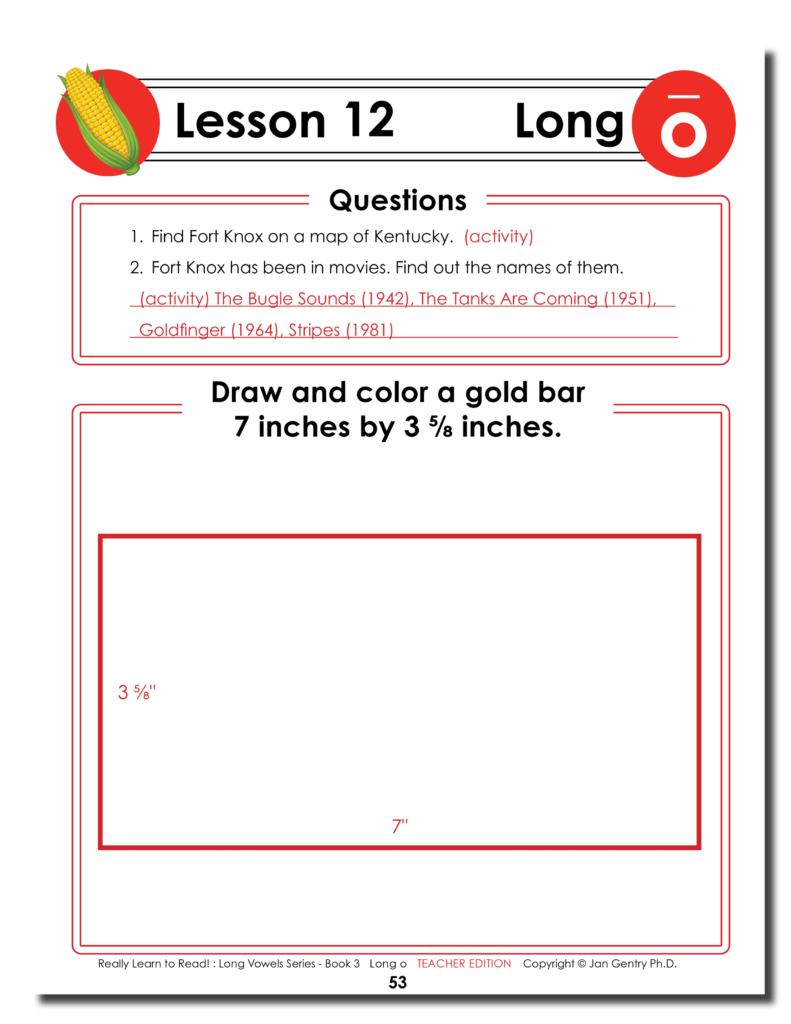
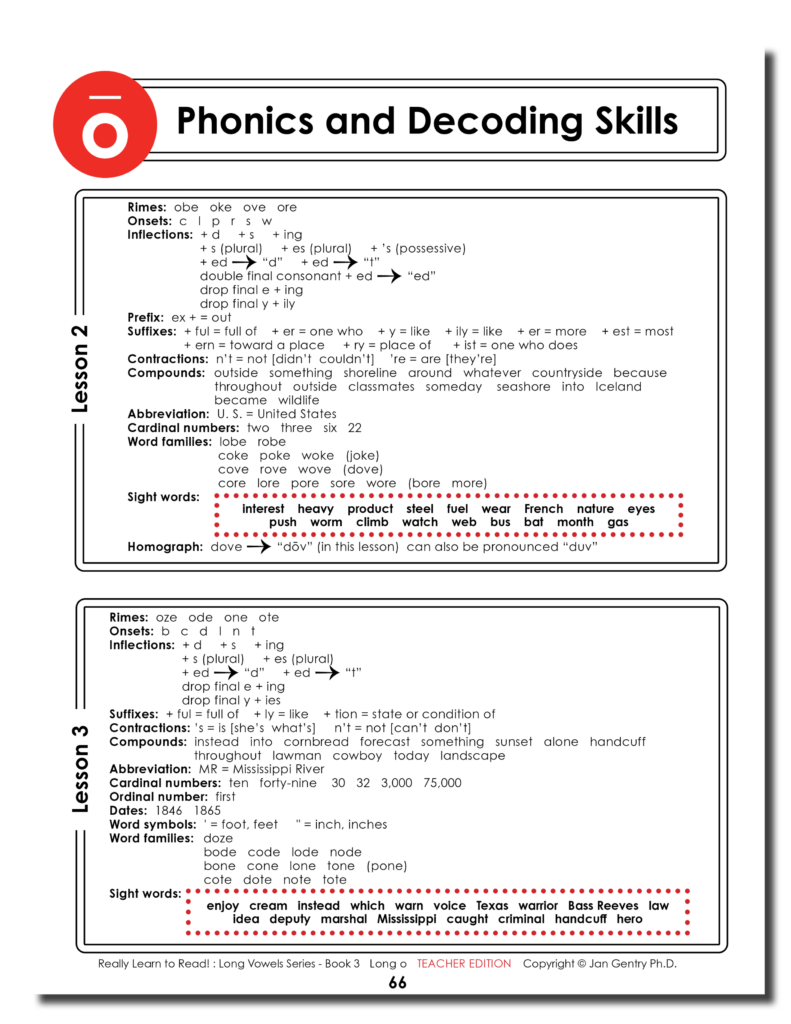
Phonics and Decoding Skills
The Phonics and Decoding Skills section conveniently equips teachers with a straightforward, detailed list of all reading, vocabulary, writing , and other literacy skills found in each lesson: long i words family endings, beginning sounds, inflections, prefixes and suffixes, contractions, compound words, abbreviations, cardinal and ordinal numbers, fractions, dates, idioms, word symbols, long i word families, sight words, and homographs. This condensed format gives teachers the advantage of quickly reviewing each lesson’s skills to readily determine the reading, vocabulary, or other literacy abilities the learner has mastered or that require additional practice for reading success.
Reading Comprehension Skills
The Reading Comprehension Skills section in simple table format is an excellent resource that easily allows teachers to connect each question or activity in all lessons to its skill objective. Skill objectives include using references, context clues, critical thinking, prior knowledge, and real life application. Alphabetizing, map skills, and composition skills are additional skill objectives. This format easily allows teachers to monitor the categories of comprehension skills that become more highly developed as the reader successfully progresses through Grades 4-7 reading levels.


Quick Reference Guide
The Quick Reference Guide offers teachers with the immediate identification of skills presented in each lesson. A review of the skill categories includes phonetic rimes and their onsets, inflections, prefixes and suffixes, compounds, dates and numbers, idioms, and word symbols. Accurate assessment of literacy progress is essential and practical in the chart format which lends itself for highlighting and noting skills to be learned, as well as those to be reviewed and practiced.
Order Today
Each book is available individually, or as a set with the other books in its series. You can choose Paperback or Portable Document Format (PDF) versions. The convenient PDF allows immediate download so teachers can tailor lessons to their students’ needs by printing specific sections at a time. A Teacher Edition is also available (PDF Only) to provide the reading instructor with a carefully designed, systematic, true phonics-based curriculum.
